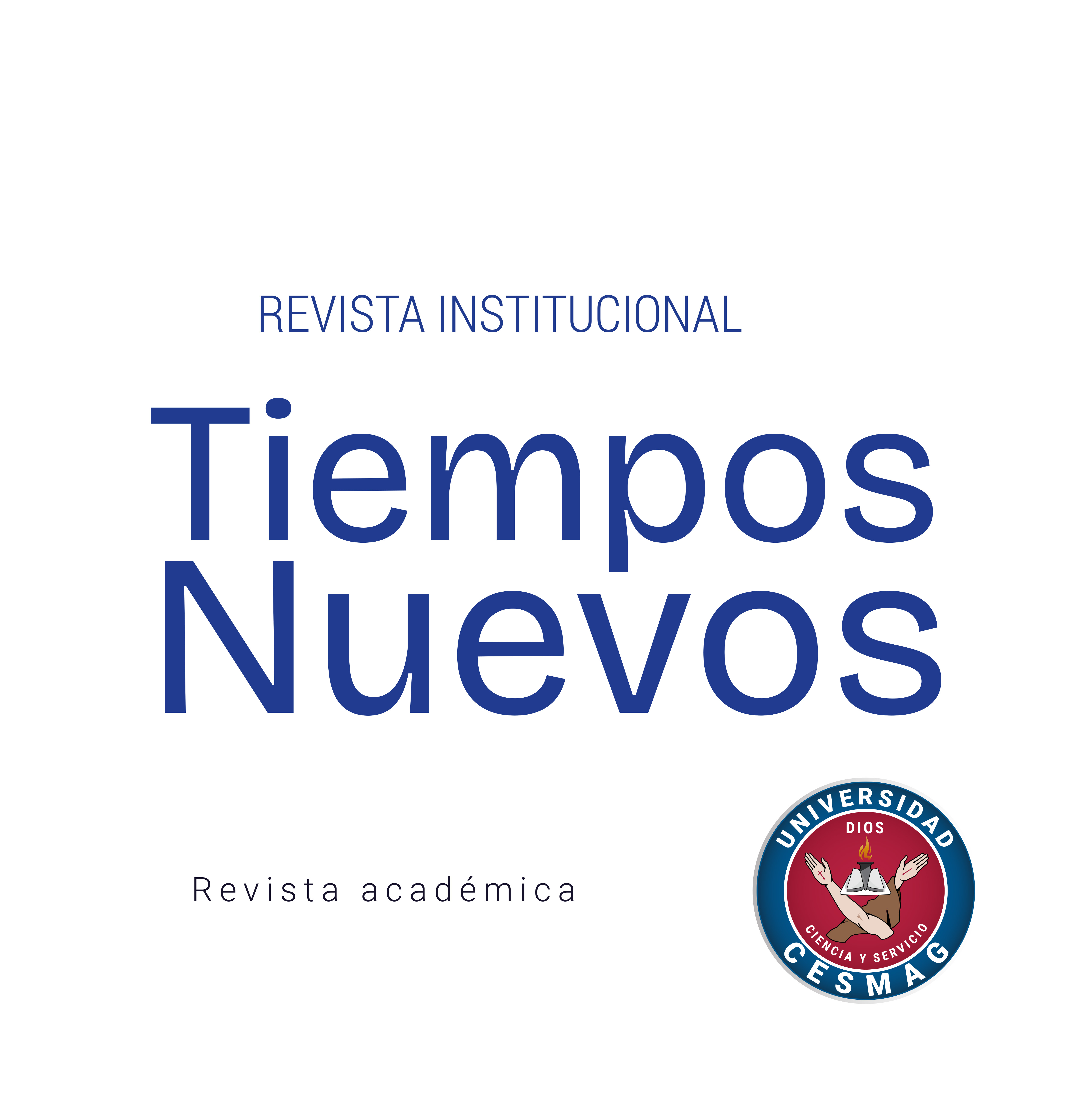Importance of Physical Education in contexts of inclusion of people with different capabilities
DOI:
https://doi.org/10.15658/rev.inst.tiempnuevos21.12262806Keywords:
accessibility; disability; physical education; inclusion; pedagogical práctice.Abstract
Nowadays, in the educational environment, terms such as inclusion, diversity, disability, accessibility, teaching-learning strategies, among others, are heard recurrently. During the last decade, governments and the national education system have made remarkable efforts to achieve better educational care with criteria of equity, equality and participation that allow people with disabilities or special educational needs to enjoy an education that is more adapted to their needs, without being excluded and / or segregated.
In this process, Higher Education Institutions [HEIs], including universities, play a very important role, since these are the places where the professionals in the feld of education are ethically and academically trained and who will later serve as teachers at different levels such as primary, secondary and even higher education itself; being decisive through their work to achieve a true and favorable educational process from the area of knowledge or training that corresponds to guide them.
What is intended by means of this article is to highlight the importance of including pedagogical practices in the population with disabilities within the professional training of the Bachelor of Physical Education of the CESMAG University, in order to sensitize and ensure that it becomes an agent that favor inclusion in thecontexts where it develop.
Downloads
References
Alba Pastor, C., Sánchez Serrano, J. M. y Zubillaga del Río, A. (s. f.). Diseño Universal para el Aprendizaje (DUA). Pautas para su introducción en el currículo. https://www.educadua.es/doc/dua/dua_pautas_intro_cv.pdf
Blanco G., R. (2006). La Equidad y la Inclusión Social: Uno de los Desafíos de la Educación y la Escuela Hoy. REICE. Revista Iberoamericana sobre Calidad, Eficacia y Cambio en Educación, 4(3), 1-15. https://www.redalyc.org/articulo.oa?id=55140302
De Castellana, G. (2006). Filosofía Personalizante y Humanizadora. (2.a ed.). Empresa Editora de Nariño [EDINAR].
Feo, R. (2010). Orientaciones básicas para el diseño de estrategias didácticas. Tendencias Pedagógicas, 16, 220-236. https://scholar.google.co.ve/
Ley Estatutaria 1618 de 2013. (2013, 27 de febrero). Congreso de Colombia. Diario oficial No. 48.717. http://wsp.presidencia.gov.co/Normativa/Leyes/Documents/2013/
Ministerio de Cultura. (s. f.). Construyendo la Nación Colombiana, desde la Perspectiva de la Diversidad. De una sociedad discapacitante a una sociedad incluyente. Política Pública Cultural para la Inclusión de la Población en Situación de Discapacidad [PSD]. https://www.mincultura.gov.co/SiteAssets/documentos/
Ministerio de Educación Nacional. República de Colombia. [MEN]. (2010).Orientaciones Pedagógicas para la Educación Física, Recreación y Deporte. https://www.mineducacion.gov.co/1759/articles340033_archivo_pdf
Ministerio del Deporte [Mindeporte]. (2014). Lineamientos para el fomento y desarrollo de la inclusión de la población con discapacidad en educación física, recreación, actividad y deporte. https://www.mindeporte.gov.co/?idcategoria=64513#!
Vera Estrada, F. (2012, febrero). Propuesta didáctica: Juegos y deportes adaptados en la clase de educación física. Educación Física y Deportes, Revista Digital, 16(165). http://www.efdeportes.com/efd165/juegos-y-deportes-adaptados-en-educacion-fsica.htm



.png)
